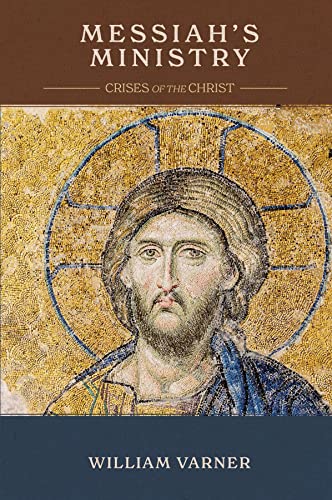“An ancient seal thought to belong to a Hittite prince and an ancient cuneiform tablet, both dating back over three millennia, were discovered in Turkey’s southern Hatay province.”
“An iron face mask that would have been worn by an accomplished member of the Roman cavalry some 1,800 years ago has been unearthed in northern central Turkey.”
A study in the Temple of Hatshepsut reveals the production process for the reliefs, including the role of apprentices.
“Archaeologists conducting works at the Temple of Hatshepsut have made new discoveries in a subterranean tomb.”
Egypt has celebrated the reopening of the Avenue of the Sphinxes.
The Grand Egyptian Museum continues to receive artifacts, including 52 monumental pieces and 16 from King Tut’s treasures.
AramcoWorld has a series on spice migrations, including articles on ginger, cumin, cloves, nutmeg, pepper, and cinnamon.
Russia has begun the long process of restoring the ancient Arch of Triumph in Palmyra after it was destroyed by evil people.
A fortress from the empire of the Medes has been discovered in northeastern Iran.
Two spectacular gold Persian reliefs, once owned by the Shah of Iran, will be auctioned by Christies on December 8.
Greek City Times has a review of the 18 World Heritage Sites in Greece.
A 2,000-year-old mosaic that once belonged to Caligula and disappeared during World War II was recovered in New York City after it served as a coffee table for 50 years.
Italy has launched a cultural streaming platform.
The New Yorker has a feature story on the latest discoveries at Pompeii.
It’s apparently not OK for American tourists to break into the Colosseum at night to drink beer.
HT: Agade, Joseph Lauer, Ted Weis, Arne Halbakken, Charles Savelle, Explorator
